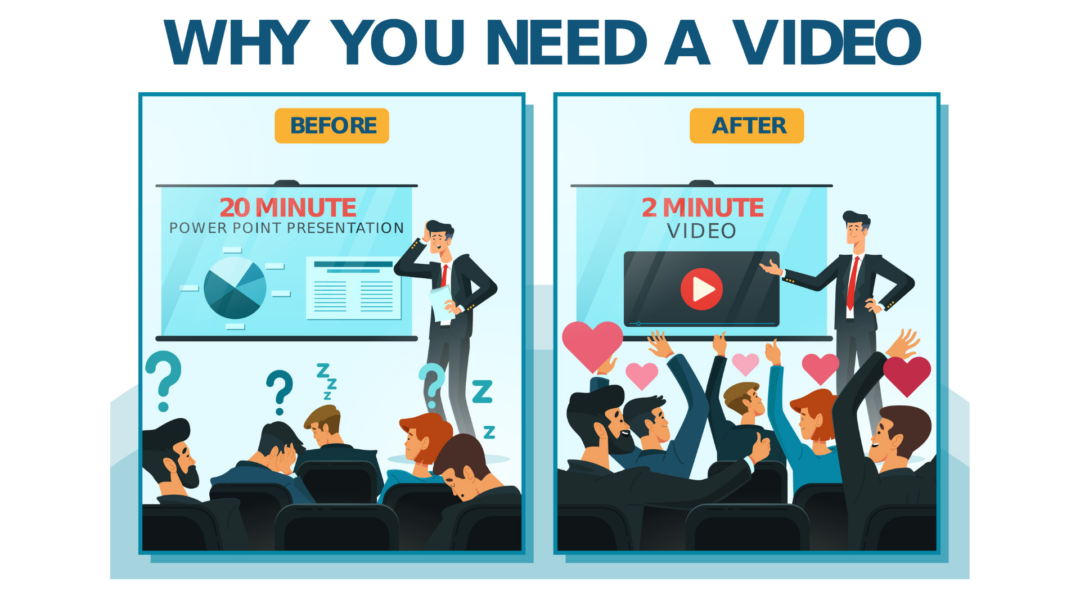Why Knowing How to Communicate Science to Investors Is So Hard
Let’s say you’re a scientist. You live and breathe your platform. You know the delivery vector, the pathway, the biomarkers, and the in vivo data.
But here’s the problem:
You can’t imagine what it’s like to not understand these things and you assume certain concepts are “basic.” Then, sou speak in your usual scientific language, without realizing how far you’ve drifted from how a non-scientist thinks.
That’s why many scientists struggle with how to communicate science to investors, especially when those investors have no background in biology or haven’t touched the science in years.
It’s not a matter of intelligence. It’s a matter of distance.
And investors don’t fill that gap. They just move on.
What Life Science Investors Want to Understand Quickly

Start with the bigger picture before diving into the details of your science.
In early-stage biotech, investors are looking for signals.
They want to understand:
- What’s the unmet need?
- What’s your approach—and why is it different?
- Why should this work?
- Is there a strong scientific rationale?
- Is there early data to support it?
- Who’s behind the company?
- Why now?
They need a big-picture overview. A reason to believe.
They don’t need every preclinical figure. Not yet.
Why Slides Often Fail
Most biotech pitch decks suffer from the same problems:
- Too many slides
- Too much text
- Charts with no explanation
- Overuse of jargon
- Terrible design
- Confusing structure
And the result?
Investors put it aside.
They move to the next deck.
Or they send it to someone on their team but don’t follow up.
Investors Don’t Have Time to Read
Here’s the reality:
- VCs and angels see hundreds of decks every month.
- Many skim the first 1–2 slides and decide whether to keep reading.
- If your core story isn’t clear in the first minute, they move on.
- Even your “highlight slide” often doesn’t land. Why?
Because they didn’t understand the context in the first place.
How to communicate science to investors: Use a Short Video
A short science animation or biotech explainer video solves this in a very simple way. It:
- tells your story clearly
- shows how your science works
- explains why your approach is new or better
- sets the stage for genuine interest
- gets non-scientists up to speed – fast
And once investors “see it,” they often ask their science partners to dive deeper. They ask the right questions and give you their time.
They feel safe moving forward.
A Visual Pitch Sparks Interest
Here’s what happens when you open a conversation with a short animation:
-
Investors understand the big picture. They get what you do, who you help, and how it works—without digging through 30 slides.
-
You save time in meetings. Play the video. Then, go deeper. No need to start from zero.
-
You look clear, ready, and professional. A clean video shows you’ve done the work. It builds trust.
-
You create memory. Investors remember the visuals—and the feeling the video gave them.
Tips on How to Communicate Science to Investors in Early Conversations
Here’s how to improve your early conversations—whether or not you have a video yet:
1. Stop using too much jargon
Words like “autologous,” “orthotopic,” or “pharmacodynamics” are acceptable in context, but don’t lead with them.
2. Explain your tech like you would to a smart friend
Don’t say it in your deck if you wouldn’t say it in a bar.
3. Think like an investor
They want to know: What’s the opportunity? What’s the risk? What’s the upside?
4. Focus on the problem, then your solution
Start with the disease or unmet need. Then, your platform or product.
5. Use visuals early
Even if it’s just a simple graphic or flow. Better yet: a short biotech video.
Actual Examples of Science Animation Helping with Funding
We’ve seen this play out again and again:
- A biotech startup struggling to explain a precision pain therapy used a 2-minute video to show the mechanism—and investors got excited.
- A team working on neuroscience drug delivery used a video on their website that led to unexpected inbound interest.
- An immunotherapy company embedded their video into their pitch emails and finally got replies.
A short animated video isn’t just a pitch tool.
It’s your first impression. Your translator. Your hook.
Use It Everywhere (Not Just in the Deck)
A good video isn’t limited to fundraising.
You can use it:
- On your homepage
- On your About or Science page
- In emails to potential partners
- In conference booths or investor days
- On LinkedIn, YouTube, and your newsletter
- When journalists or patients want to understand your work
It works quietly in the background. 24/7.
You Don’t Need to Say It All
One of the biggest mistakes we see:
Founders try to cram everything into the video.
You don’t need to say it all.
The goal of the video is simple:
Spark enough interest that someone says:
“This looks promising. Let’s talk.”
Our Process (Quick Recap)
In case you’re wondering how we do it:
1. We write the script
Short. Clear. No jargon.
2. You approve the storyboard
You see what happens visually—scene by scene.
3. You pick a style
We design characters, colors, and icons to match your brand.
4. We add voice + sound
We use real voiceover artists (not AI). Like Claire Coyle, who brings clarity and warmth to every video.
5. You get the final video
You use it wherever you want—homepage, pitch, YouTube, etc.
Ready to Tell Your Story Visually?
You’re not alone if you struggle to explain your science to investors.
But you don’t need to keep struggling.
A short, clear, visual story makes all the difference.
Let us write a free sample script—no strings attached.
We’ll show you how we’d explain your science in 90 seconds.

